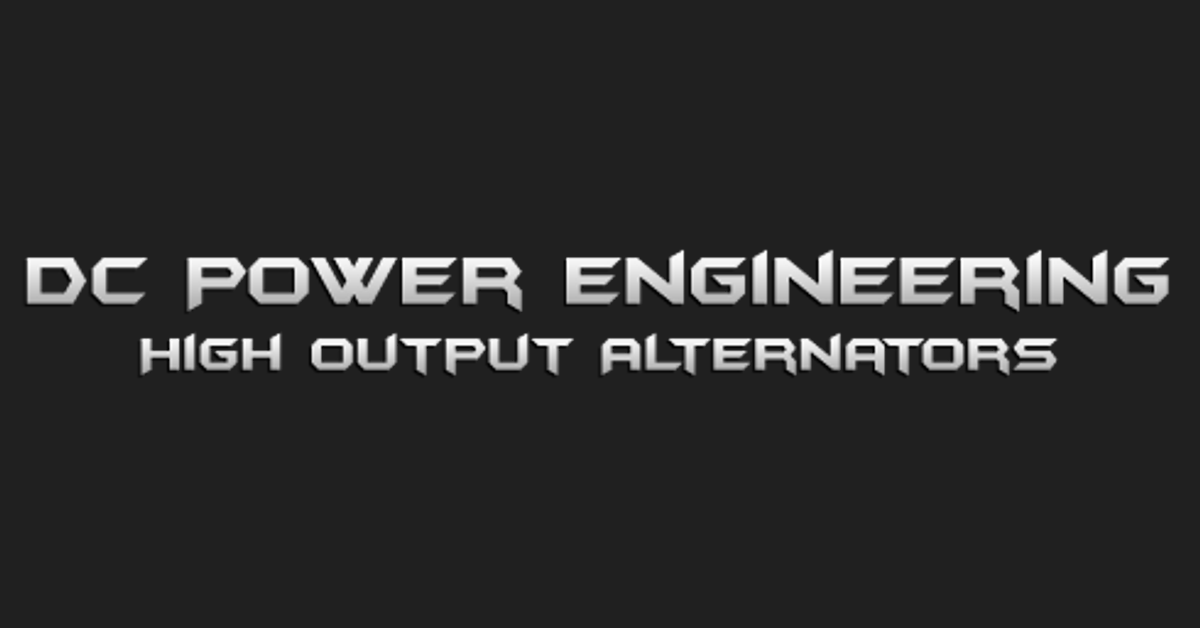I would like to put a 250+ amp alternator in my '95. Unfortunately, because she's a 2.5L I'm having trouble finding off the shelf options. LActrical has a 160A on Amazon for pretty cheap ($130) and Mean Green makes a 200A for $400. There are lots of high-output offerings for the 2.5L TJs and of course the 4.0 YJ.
Anyone done this? I'm just trying to work out the cheapest/simplest route to 250A (~125A @ idle), whether it's some custom rewind or modifying a bracket to fit a 4.0L alternator. I'd like to run a large pure sine wave inverter when running tools in the field or accessories when camping. I'll also most likely be installing a second battery at some point (pretty sure I can get it in the engine bay pretty easy)
I *could* just buy a $400 Honda generator as the first comment will indubitably tell me to do (and this isn't totally unappealing as an option), BUT as we all know storage in the jeep is a hot commodity and the inverters are smaller and I'm already wired with a large battery cable with disconnect near the trunk.
Anyone done this? I'm just trying to work out the cheapest/simplest route to 250A (~125A @ idle), whether it's some custom rewind or modifying a bracket to fit a 4.0L alternator. I'd like to run a large pure sine wave inverter when running tools in the field or accessories when camping. I'll also most likely be installing a second battery at some point (pretty sure I can get it in the engine bay pretty easy)
I *could* just buy a $400 Honda generator as the first comment will indubitably tell me to do (and this isn't totally unappealing as an option), BUT as we all know storage in the jeep is a hot commodity and the inverters are smaller and I'm already wired with a large battery cable with disconnect near the trunk.



